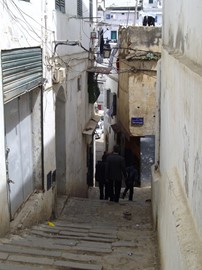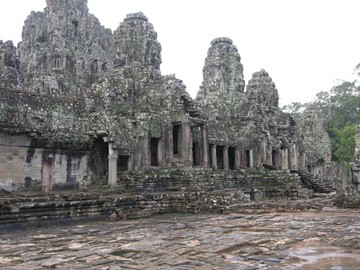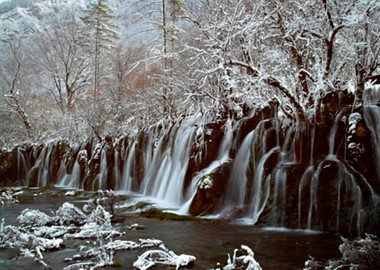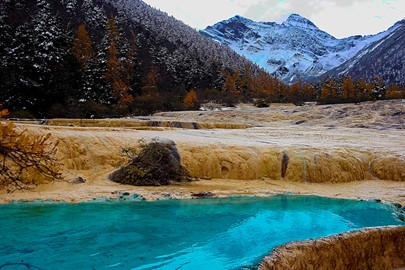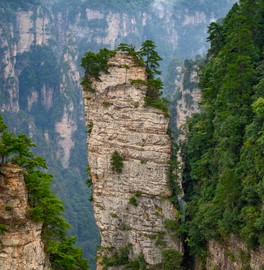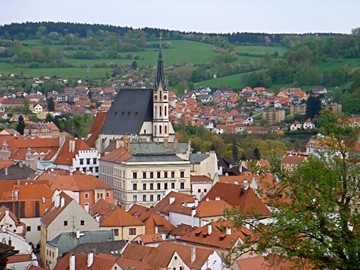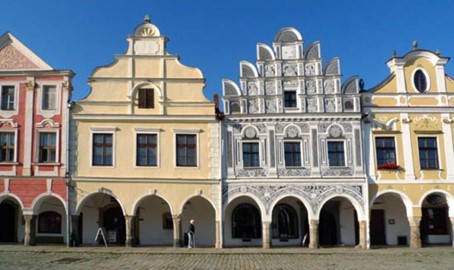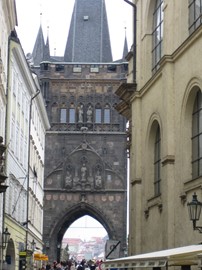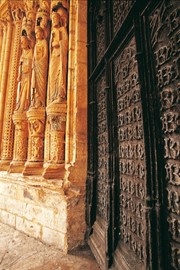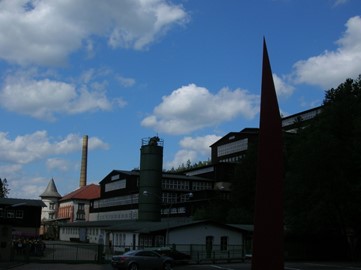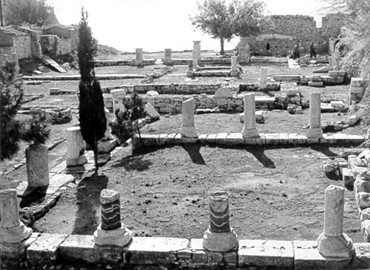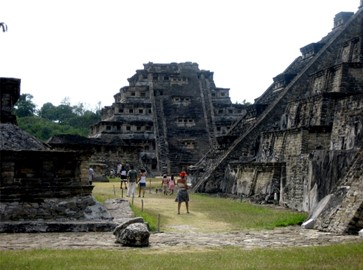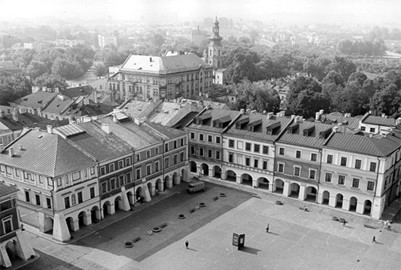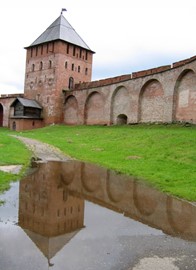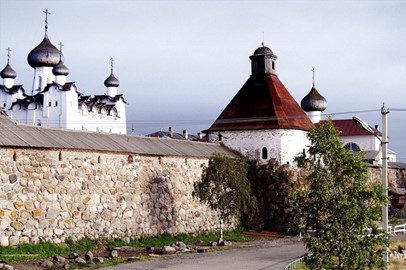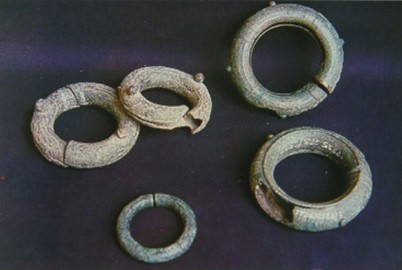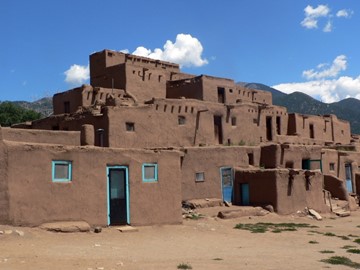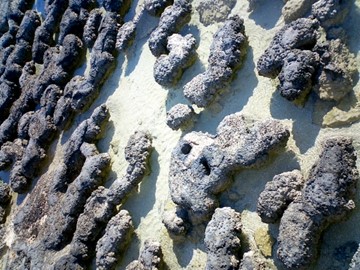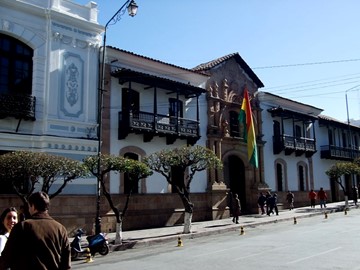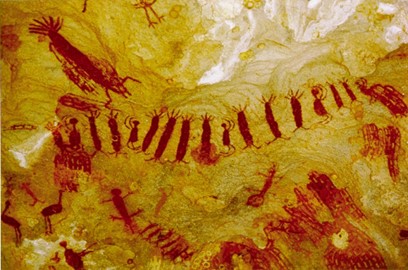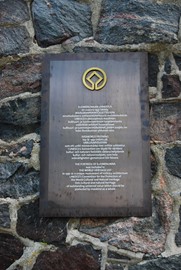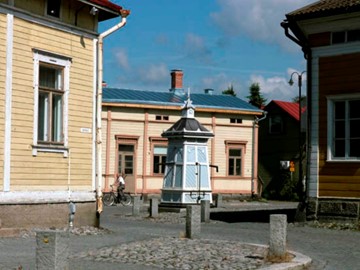search
Kasbah of Algiers
The Kasbah of Algiers, a UNESCO World Heritage site in Algeria, recognized in 1992, is a historic citadel in Algiers, built from the 10th century under Berber dynasties and reshaped by Ottoman rule. Its labyrinth of narrow streets, whitewashed houses, mosques, and palaces reflects a unique blend of Islamic and Mediterranean architecture. This site showcases Algeria’s cultural heritage, preserving a vibrant urban tapestry of medieval and colonial influences overlooking the sea.
Fraser Island
Fraser Island, a UNESCO World Heritage site in Australia, is the world’s largest sand island, renowned for its diverse ecosystems and natural beauty. Its golden beaches, towering dunes, and crystal-clear freshwater lakes contrast with lush rainforests teeming with rare species like the Fraser Island dingo. Shaped by shifting sands and ancient geological processes, it offers a striking landscape of ecological significance. This pristine wilderness stands as a unique testament to nature’s adaptability and a c... Read More
Angkor
Angkor, a UNESCO World Heritage site in Cambodia, is a sprawling archaeological marvel of the Khmer Empire, flourishing from the 9th to 15th centuries. Renowned for its grand temples, including the iconic Angkor Wat with its intricate bas-reliefs, it showcases advanced architecture, urban planning, and hydraulic engineering. Recognized for its cultural and historical significance, it stands as a testament to the empire’s artistic brilliance and spiritual devotion.
Jiuzhaigou Valley
Jiuzhaigou Valley, a UNESCO World Heritage site in China, is a pristine natural wonder renowned for its vibrant turquoise lakes, cascading waterfalls, and snow-capped peaks. This biodiverse haven, home to rare species like the giant panda, showcases stunning karst landscapes and crystal-clear waters shaped by glacial activity. Recognized for its ecological and scenic value, it stands as a breathtaking testament to nature’s beauty.
Huanglong
Huanglong, a UNESCO World Heritage site in China, is a stunning karst landscape famed for its colorful travertine pools, terraced waterfalls, and alpine forests. Nestled beneath snow-capped peaks, this pristine site supports diverse wildlife, including the endangered Sichuan golden monkey. Recognized for its natural beauty and ecological significance, it stands as a vibrant showcase of geological splendor.
Wulingyuan
Wulingyuan, a UNESCO World Heritage site in China, is renowned for its breathtaking natural beauty, featuring over 3,000 quartzite sandstone pillars and peaks, many rising dramatically above lush valleys and streams. This geological wonder, formed over millions of years, includes misty cliffs, deep ravines, and cascading waterfalls, complemented by diverse flora and fauna. Its unique landscape has inspired cultural works, including traditional Chinese art and modern films, making it a globally celebrated de... Read More
Cesky Krumlov
Cesky Krumlov, a UNESCO World Heritage site in Czechia, is a picturesque medieval town nestled along a river, famed for its well-preserved Gothic, Renaissance, and Baroque architecture. Dominated by a grand castle, its cobblestone streets and colorful buildings reflect centuries of European history. This charming site offers a captivating blend of cultural heritage and scenic beauty.
Telc
The Historic Centre of Telč, a UNESCO World Heritage site in Czechia, is renowned for its well-preserved Renaissance and Baroque architecture. This picturesque town features a charming market square lined with colorful burgher houses, arcades, and gabled facades, reflecting its 16th-century prosperity. The nearby Telč Château, a masterpiece of Renaissance design, adds to the site's cultural significance. Its harmonious layout and historical authenticity make it a standout example of Central European heritag... Read More
Prague
The Historic Centre of Prague, a UNESCO World Heritage site in Czechia, is a stunning medieval cityscape blending Gothic, Baroque, and Romanesque architecture. Known for its iconic castle, astronomical clock, and charming cobblestone streets, it reflects centuries of European history. This well-preserved urban jewel offers a captivating showcase of cultural and architectural richness.
Bourges Cathedral
Bourges Cathedral, a UNESCO World Heritage site in France, is a magnificent Gothic masterpiece begun in the 12th century. Renowned for its soaring arches and intricate stained glass, it exemplifies medieval architectural brilliance. The cathedral’s harmonious design lacks a transept, creating a unified interior space. Its detailed sculptures and vibrant windows depict biblical scenes with stunning clarity. This historic site stands as a testament to France’s religious and artistic heritage.
Rammelsberg and Goslar
The Mines of Rammelsberg, Historic Town of Goslar, and Upper Harz Water Management System form a UNESCO World Heritage site showcasing a remarkable blend of industrial and cultural history. The mines, operational for over 1,000 years, highlight medieval mining technology, while the well-preserved historic town reflects its prosperity from the industry. The innovative water management system, with its intricate network of ponds and channels, powered the mines and stands as a testament to early engineering in... Read More
Pythagoreion and Heraion of Samos
The Pythagoreion and Heraion of Samos, a UNESCO World Heritage site in Greece, encompass an ancient fortified port and a significant sanctuary dedicated to the goddess Hera. The Pythagoreion features impressive archaeological remains, including a sophisticated aqueduct tunnel and Roman baths, reflecting advanced engineering from the 6th century BC. Nearby, the Heraion, one of the largest temples of its time, showcases early Greek architecture and religious practices, with its single standing column as a str... Read More
El Tajin
El Tajín, a UNESCO World Heritage site in Mexico, is an ancient Mesoamerican city renowned for its impressive architecture and cultural significance. Flourishing between 600 and 1200 AD, it was a major center of the Classic Veracruz culture, featuring over 150 structures, including the iconic Pyramid of the Niches with its 365 recessed squares symbolizing the solar year. The site also boasts numerous ballcourts, intricate stone carvings, and evidence of advanced urban planning, reflecting the sophistication... Read More
Zamosc
The Old City of Zamość, a UNESCO World Heritage site in Poland, is a remarkably well-preserved example of a Renaissance planned town. Founded in 1580 by Chancellor Jan Zamoyski and designed by Italian architect Bernardo Morando, it features a harmonious layout with a central market square, elegant townhouses, and fortified walls reflecting its historical role as a trading and defensive hub. Its unique blend of Polish and Italian architectural styles, including the striking Zamość Cathedral and the grand Zam... Read More
Novgorod
The Historic Monuments of Novgorod and Moscow, a UNESCO World Heritage site in Russia, encompass a remarkable collection of architectural and cultural treasures. This site includes the medieval Kremlin of Novgorod with its ancient cathedrals and fortifications, alongside Moscow's iconic Kremlin and Saint Basil’s Cathedral, showcasing centuries of Russian history and artistry. These landmarks reflect the political, religious, and artistic evolution of Russia, making them invaluable to global heritage.
Solovetsky Islands
The Solovetsky Islands, located in northern Russia, form a UNESCO World Heritage site renowned for their historical and cultural significance. This remote archipelago features a well-preserved medieval monastery, which served as a fortress, religious center, and later a Soviet prison camp, reflecting centuries of human resilience and adaptation. The site's unique blend of natural beauty and architectural heritage, including stone labyrinths and churches, highlights its importance as a testament to Russia’s ... Read More
Vladimir and Suzdal
The White Monuments of Vladimir and Suzdal, a UNESCO World Heritage site in Russia, comprise a remarkable collection of medieval architecture dating from the 12th to 13th centuries. These structures, built primarily from white limestone, include grand cathedrals, monasteries, and kremlin fortifications, showcasing the exceptional craftsmanship and religious significance of the era. Notable examples like the Cathedral of Saint Demetrius and the Golden Gates highlight the intricate stone carvings and historic... Read More
Ban Chiang
Ban Chiang, a UNESCO World Heritage Site in Thailand, is a significant prehistoric archaeological site dating back to 1495 BC, showcasing the earliest evidence of farming, wet-rice agriculture, and bronze tool-making in Southeast Asia. Discovered in 1966, it marks a pivotal stage in human cultural, social, and technological evolution, with findings like red-painted pottery and metal artifacts highlighting a sophisticated early civilization. Designated in 1992, the site features a museum displaying these anc... Read More
Taos Pueblo
Taos Pueblo, a UNESCO World Heritage site in the United States, is an ancient Native American community renowned for its multi-storied adobe buildings, which have been continuously inhabited for over 1,000 years. This living village, constructed from sun-dried mud bricks, exemplifies the architectural ingenuity and cultural traditions of the Pueblo people. Its historical significance and well-preserved structures make it a remarkable testament to indigenous heritage and resilience.
Shark Bay
Shark Bay, a UNESCO World Heritage site in Australia, is a pristine coastal region famed for its rich marine biodiversity and unique ecological features. Its shallow, turquoise waters host the world’s largest seagrass beds, sustaining a thriving population of dugongs, dolphins, and sharks. Ancient stromatolites, living fossils formed by cyanobacteria, highlight its evolutionary significance, while hypersaline lagoons and sandy beaches add to its diverse beauty. This untouched ecosystem serves as a critical ... Read More
Sucre
Sucre, a UNESCO World Heritage site in Bolivia, is a well-preserved colonial city celebrated for its historical and architectural significance. Founded in 1538, it features whitewashed buildings, ornate churches, and grand civic structures, reflecting its past as a political and cultural center of Spanish rule. Inscribed by UNESCO in 1991, it embodies a harmonious blend of indigenous and European styles. Sucre remains a living showcase of Bolivia’s colonial heritage and urban elegance.
Serra da Capivara
Serra da Capivara National Park, a UNESCO World Heritage site in Brazil, is an archaeological treasure renowned for its ancient rock art and prehistoric significance. Housing thousands of paintings dating back over 25,000 years, it offers evidence of early human presence in South America, set amid dramatic cliffs and canyons. Recognized by UNESCO in 1991, it’s a vital window into humanity’s distant past. The park remains a remarkable testament to Brazil’s ancient heritage.
Fortress of Suomenlinna
The Fortress of Suomenlinna, a UNESCO World Heritage site in Finland, is an impressive 18th-century sea fortress built across several islands. Constructed by the Swedish crown in 1748 to protect against Russian expansion, it features robust stone walls, bastions, and a strategic layout reflecting military architecture of the time. Today, it stands as a well-preserved historical monument, attracting visitors with its rich history, scenic views, and cultural significance.
Old Rauma
Old Rauma, a UNESCO World Heritage site in Finland, is a well-preserved example of a traditional Nordic wooden town, recognized in 1991 for its unique medieval street layout and vernacular architecture. Situated on the Gulf of Bothnia, it features colorful wooden buildings, including homes and shops, centered around the 15th-century Holy Cross Church, a remnant of a Franciscan monastery. Despite fires in the 17th century, it retains its historical charm as a living community with residents and businesses. I... Read More
Paris, Banks of the Seine
Paris, Banks of the Seine, a UNESCO World Heritage site in France, is renowned for its historic and cultural significance. This iconic stretch along the Seine River showcases a remarkable ensemble of architectural masterpieces, including Notre-Dame Cathedral, the Louvre Museum, and the Eiffel Tower, reflecting centuries of artistic and urban development. Its designation highlights its outstanding universal value, preserving a unique blend of history, aesthetics, and human ingenuity for future generations.
